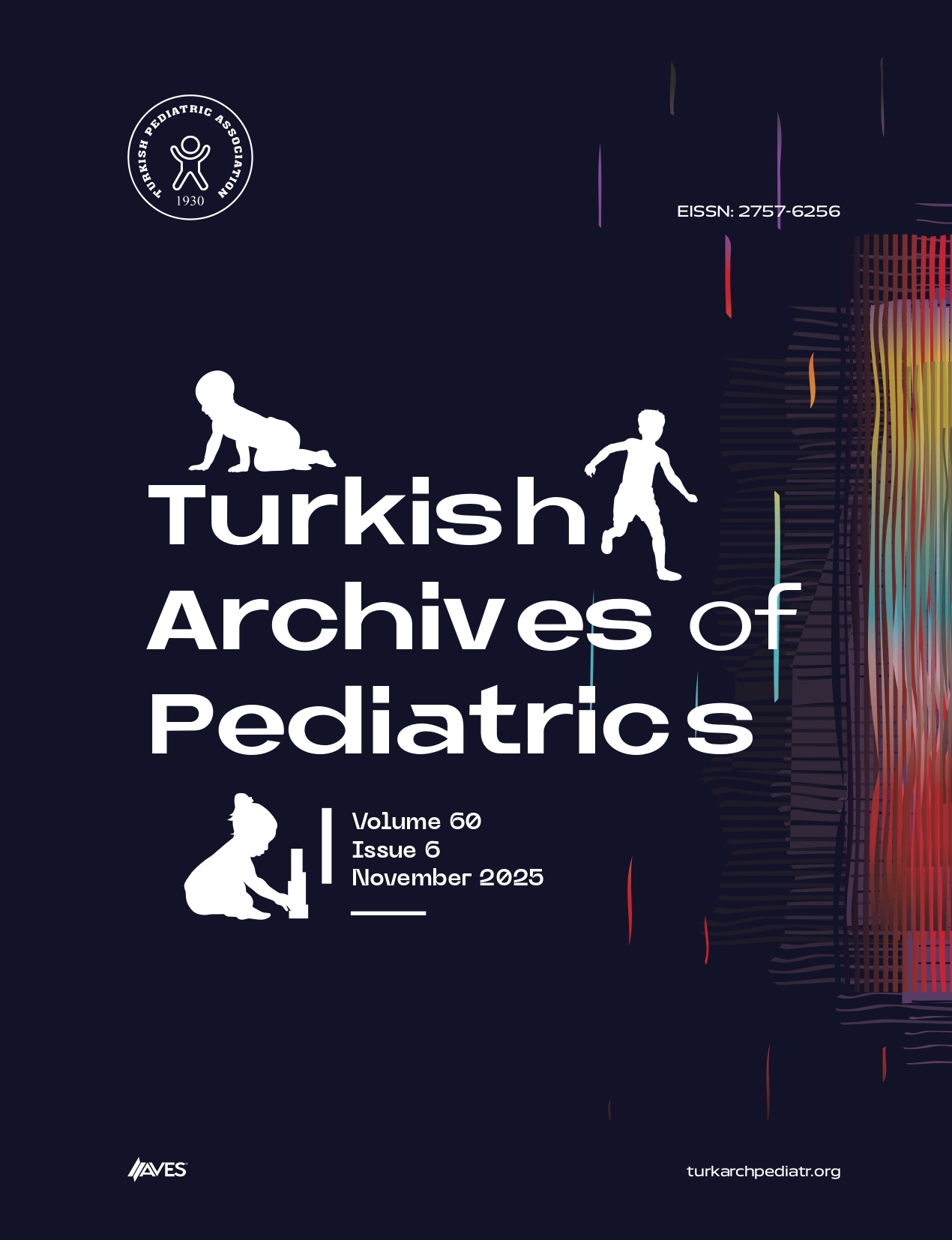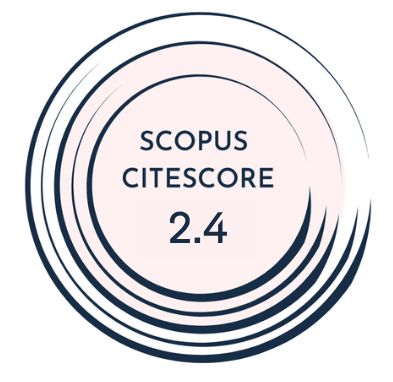Objective: Although a limited number of studies have assessed the impact of the Coronavirus disease 2019 (COVID-19) pandemic on adults with eosinophilic esophagitis (EoE), there are no data on children. This study aimed to assess the impact of the COVID-19 pandemic on children with EoE, including long-term follow-up, treatment adherence, COVID-19 infection, and vaccination status.
Materials and Methods: Treatment adherence, symptoms, and endoscopic-pathological findings were compared at the beginning and the end of the first and second years of the pandemic. The COVID-19 infection and vaccination status were also assessed.
Results: The study included 66 children (median age 13.2 years) with EoE. Both treatment adherence and endoscopic follow-up decreased significantly during the pandemic compared to the beginning (P < .001 and P < .001, respectively). No strictures were observed. Twentytwo patients underwent endoscopy both before and during the pandemic, showing increased total eosinophilic esophagitis endoscopic reference score (EREFS) and peak eosinophil counts (P = .045 and P = .08, respectively). Among children aged 12 and older, 66% were vaccinated against COVID-19. Infection with COVID-19 was detected in 24 children (36.3%), with asymptomatic or mild symptoms in 95.8% of cases.
Conclusion: No strictures developed during the first 2 years of the pandemic in children with EoE. However, increased tissue eosinophilia and EREFS scores suggest a possible risk of fibrostenosis if treatment adherence remains low. Eosinophilic esophagitis does not seem to pose an increased risk for COVID-19 infection in children.
Cite this article as: Polat Terece S, Ertoy Karagöl HI, Köken G, et al. Long-term impact of the Coronavirus disease 2019 pandemic on children with eosinophilic esophagitis. Turk Arch Pediatr. 2025;60(5):524-530.



.png)

